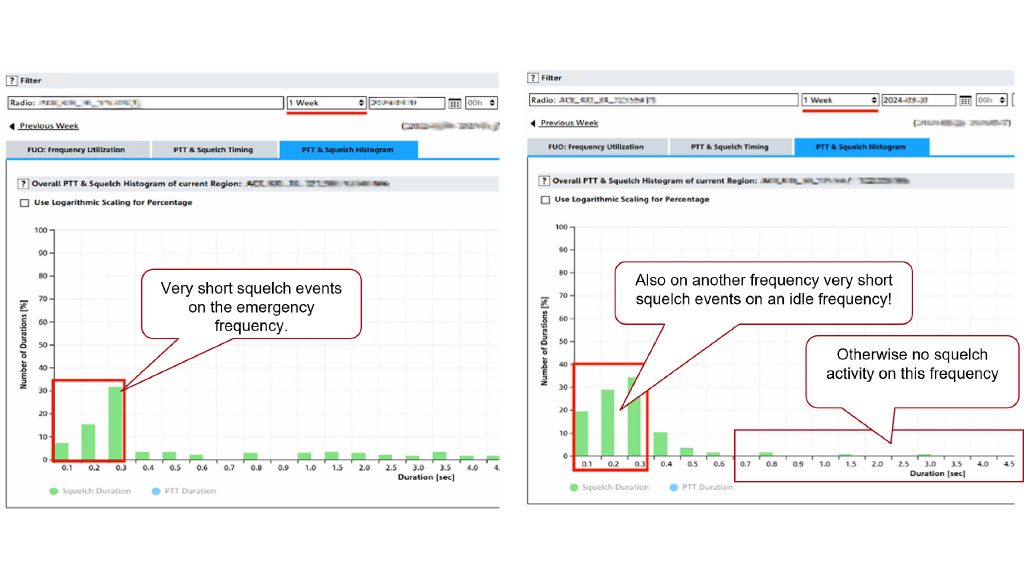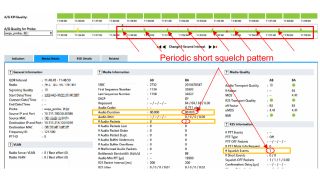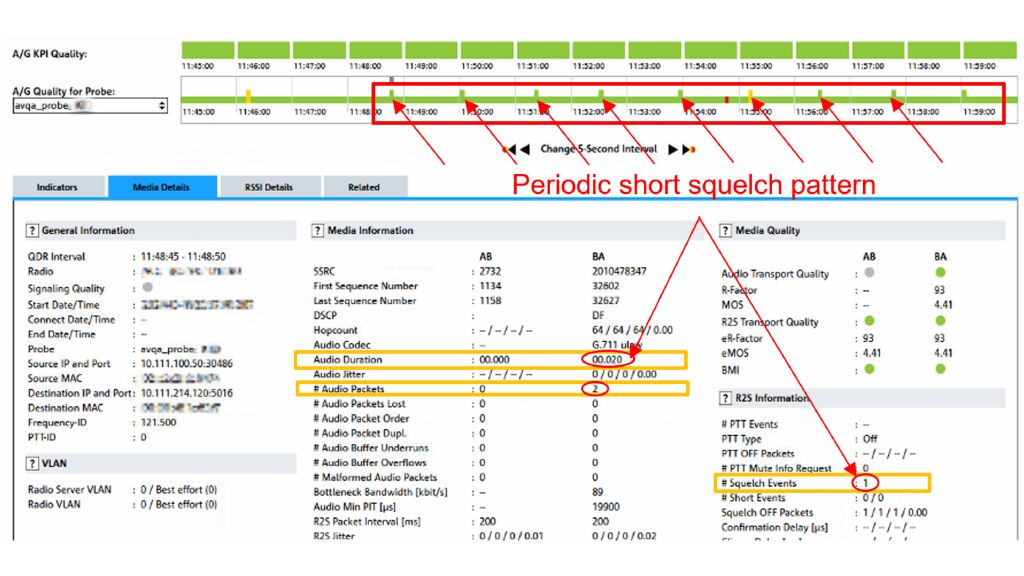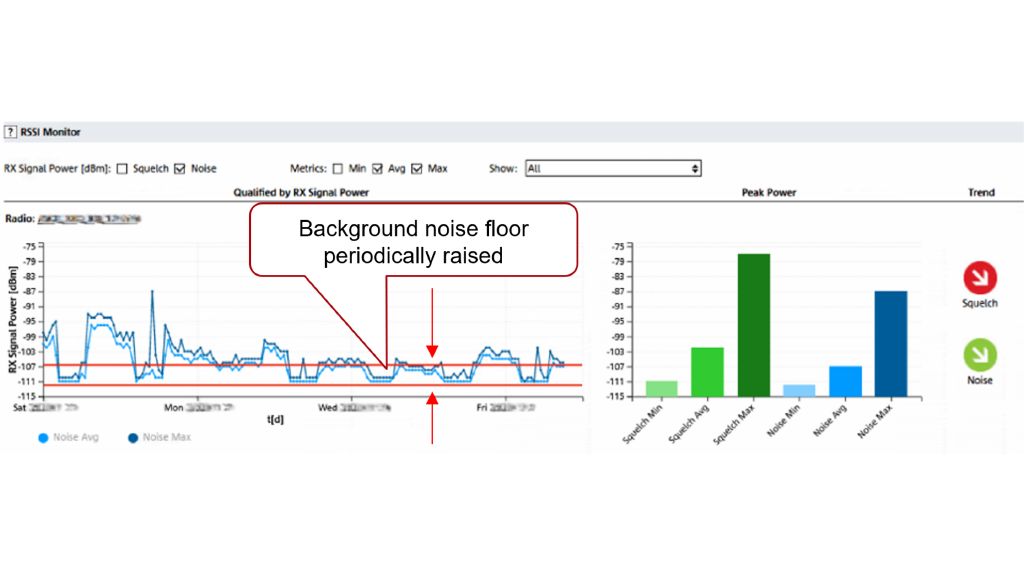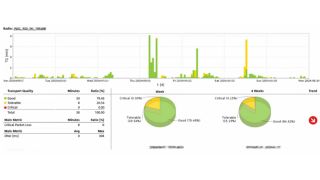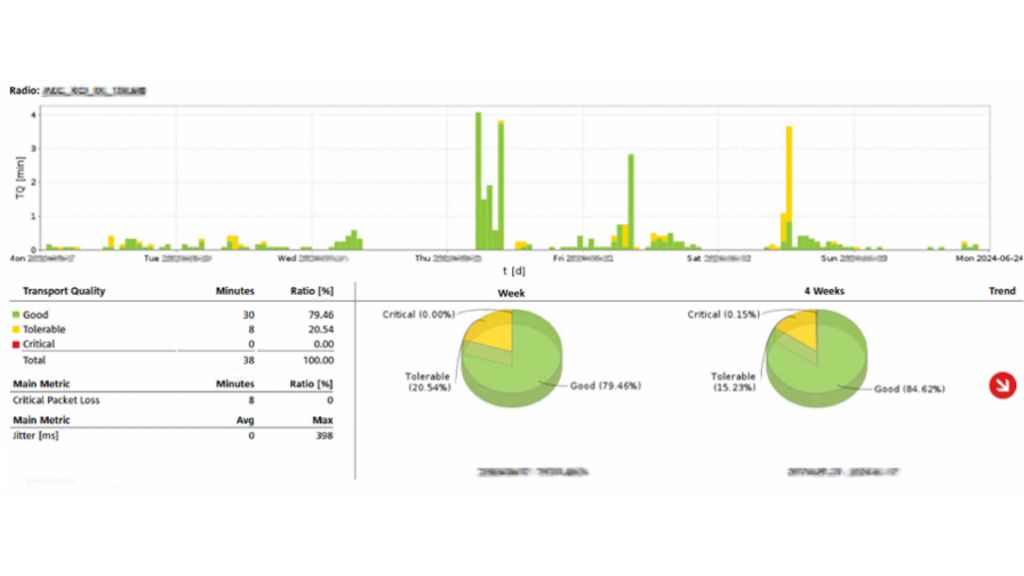Beyond the surface: Challenges in modern ATC communications - a case study
Reliable voice communication remains the backbone of modern air traffic control, where every transmission can impact the safety of thousands of passengers. This article presents a compelling case study of a European Air Navigation Service Provider (ANSP) that faced significant challenges with their newly integrated voice communication system.
What initially appeared to be straightforward equipment issues evolved into a complex investigation revealing multiple layers of technical challenges. Through systematic analysis and advanced monitoring solutions, the underlying causes were identified, leading to crucial insights about the importance of comprehensive communication system oversight in air traffic control operations. This real-world case study offers valuable lessons for ANSPs worldwide about the intricate relationship between communication equipment, network infrastructure, and interference management.








